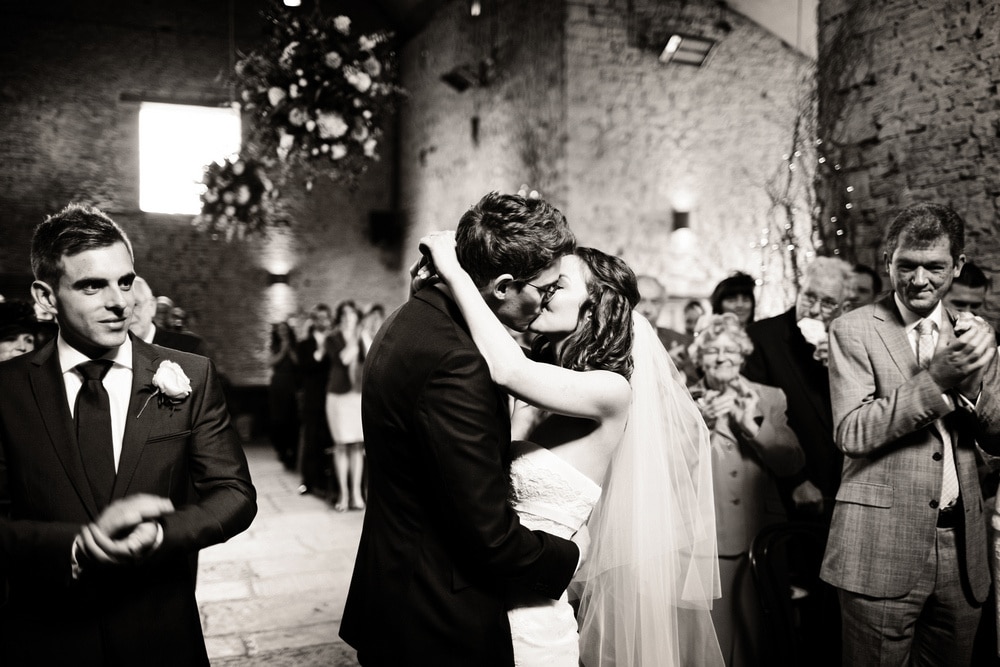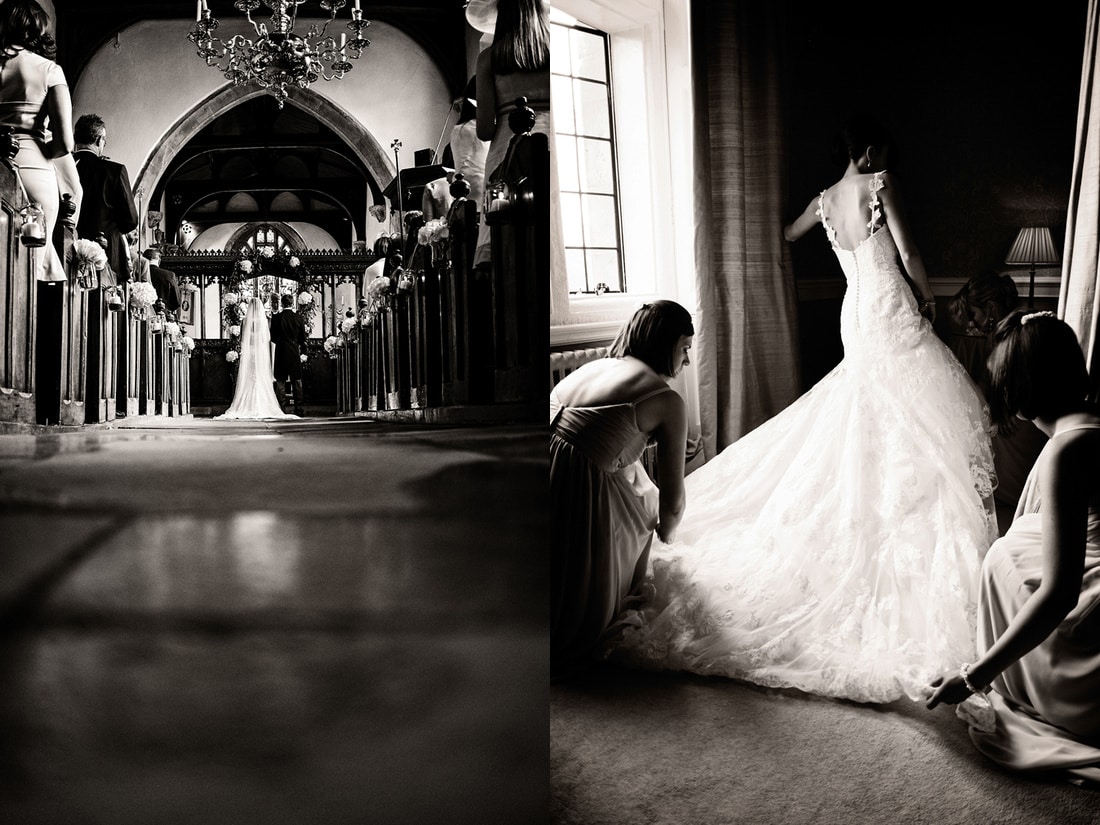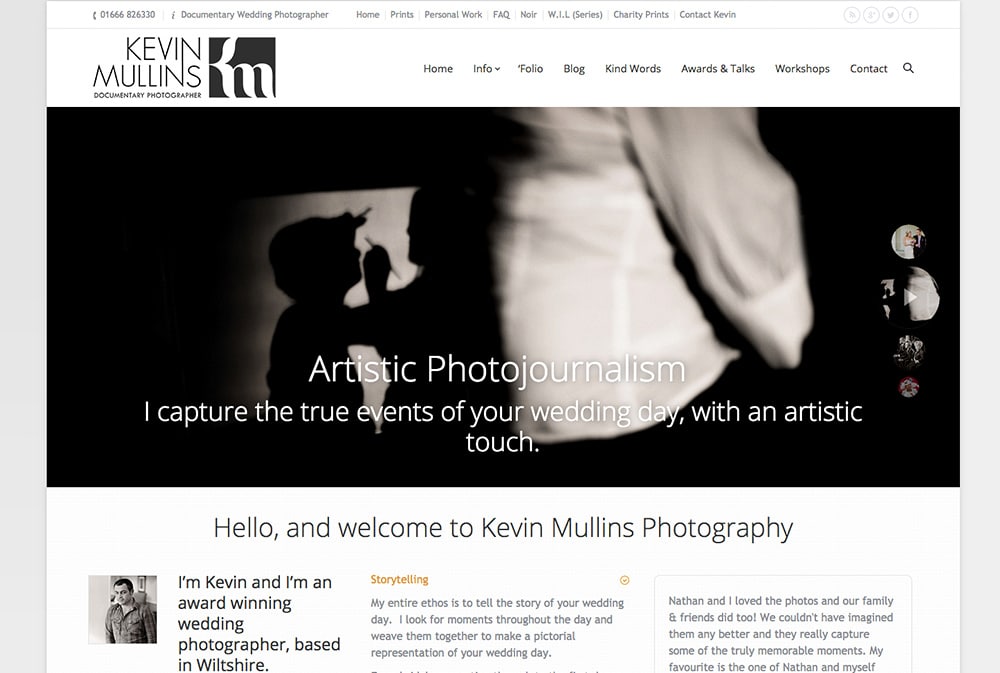Photographer’s Corner: Being Brand Savvy in the Digital Age
October 6th, 2014


I would echo the warning words of Google: don’t try and fool them. They will catch up with you in the end.
And Google did. Google had ejected many of these ultracrepidarian fools, because they didn’t listen. They didn’t listen to Google and they didn’t listen to what the marketing world had been saying about SEO—they saw themselves above all of that. The ones who understand that SEO is just a small portion of the whole branding message and partly responsible for marketing, too, will not have such a sour experience.
The analogy I like to use is to consider that Google is “just another person.” Treat it like a person you are trying to expose your services to, and it will treat you with respect. Treat it like an imbecile, and it will kick you about like a deflated football.
I recently spent three days in different parts of the country running workshops on Branding, Marketing and SEO for other photographers. Most of the folks who attended the seminar did so because of the SEO element. However, I purposefully spent a whole morning, before moving onto the technicalities of SEO for photographers, discussing branding. Yawn… you might think, and there were some faces in the audience when I explained this that did seem to do just that.
During the course of each of the mornings, though, I saw all these little light bulbs ping on one after another. It was like a microwave testing factory. Ping, ping, ping…

Branding is different than marketing, and marketing is different than advertising. And neither of them are much related to black hat SEO.
And where does it all start? With your brand. Yes, you can put a website together very quickly, but your brand is your persona. It’s the “voice” of your business, and it’s the opinion that you hold in the mind of potential (and past) clients that ultimately will lead to longevity in an industry that is littered with the carcases of fast burn businesses.
What would happen if Jeff Ascough got booted off of Google? Nothing. What would happen if Jerry Ghionis got booted off of Google? Nothing. Extreme examples, perhaps, but relevant nonetheless. When we think of Jeff we think of gorgeous black and white documentary weddings. When we think of Jerry, we think of beautiful, artistically flavoured fashion wedding photography.
The reason for this is because their brand is working, and they have a place in our mind. Their style is in our mind. If they lost their spot on Google they would still trade.
Too few of us consider our overall brand as part of our visual and psychological identity. I frequently get asked how I manage to get clients who really want wedding photojournalism. And I mean “really” want it. The answer is both simple and very complex; it’s my brand.

So, let’s rewind a little to the Facebook groups full of those willy wavers: “I earned 18K from this weekend’s wedding.” – really? And you are still not VAT registered. “I’m shooting three weddings in Australia this summer.” – really? And I presume you have the relevant work permits for that?
What are they achieving? Apart from “bigging” themselves up to the other kids in the playground? Not a lot, as it turns out. They are not helping themselves, and they are not helping the industry.
There is a great marketer named Al Reis (check out his books). He was cowriter of “The 22 Immutable Laws of Branding”. Some of the core laws of branding state:

It’s up to us, as an industry, to keep that momentum going—to heave the boulder over the crest of the hill. One of the points I make at my seminars is that I’m as candid as it gets with my knowledge and my experiences. Other trainers have told me that I give too much away, but I see it like this; if I’m lucky enough to be in the position where people want to listen to me, and are paying for it, then it’s my responsibility to give then uncontrived information. If I do so, hopefully, the industry will become stronger, albeit in a tiny fashion. If we all do so, then the industry will become stronger in a huge fashion.
The core fundamentals of branding are not about your logo, your font, and your business card (although they do play parts); they are about so much more. It’s about what people think about you and your business and services. It’s in the mind, more than anything else, and is something that is continually evolving and always needing attention.
When I explain to people how I attract clients who want the style of photography I offer, it always comes down to the brand doing the work for me. My website, my emails, my PDFs, my persona online, the “voice” of my website, the types of images I promote, the competitions I enter, even the type of cameras I use, are all core facets of the brand. This, primarily, is what prevents people who would rather not have documentary-styled wedding photographs from contacting me.


I spent a few hours a while back with a new photographer. He had a very strong business, but things weren’t clicking in terms of the marketing and branding. I asked him to let me know what his typical breakdown for marketing was. By far the most time he was spending in a week was on Google Plus; around four to five hours a week. I asked him why (although I already knew the answer)… ”Err… because it’s good for SEO.”
After I pointed out that the chances of any of his target clients being on Google+ were slim and that he would reap far more rewards by spending that time as a trusted contributor on mums.net or by building custom target audience ads that appear at 2 a.m. (during the feed!) on Facebook than spending time shouting in an empty room, the penny dropped.
SEO of course has a place, but it’s only a part of the overall marketing effort that ultimately helps define your brand.
So, think about yourself and your business. Think about how you want to be perceived in the minds of real people. Now, remember what I said at the beginning of this article: think of Google as one of those real people. If your brand, marketing, ethical SEO and social media are good for real people, then they will be good for Google too.

Kevin’s images are a breath of fresh air for the wedding industry. Shooting primarily in B&W, his documentary approach to capturing all the special moments that happen throughout an event really brings out the emotion, character and complexity of his subjects. As a leader in the wedding industry, Kevin is not only a photographer to watch, he’s also one to learn from. Read his case study on workflow here [/z/help/free-guides/case-study-workflow-integrated-lab], and see his professional website here: https://kevinmullinsphotography.co.uk/


